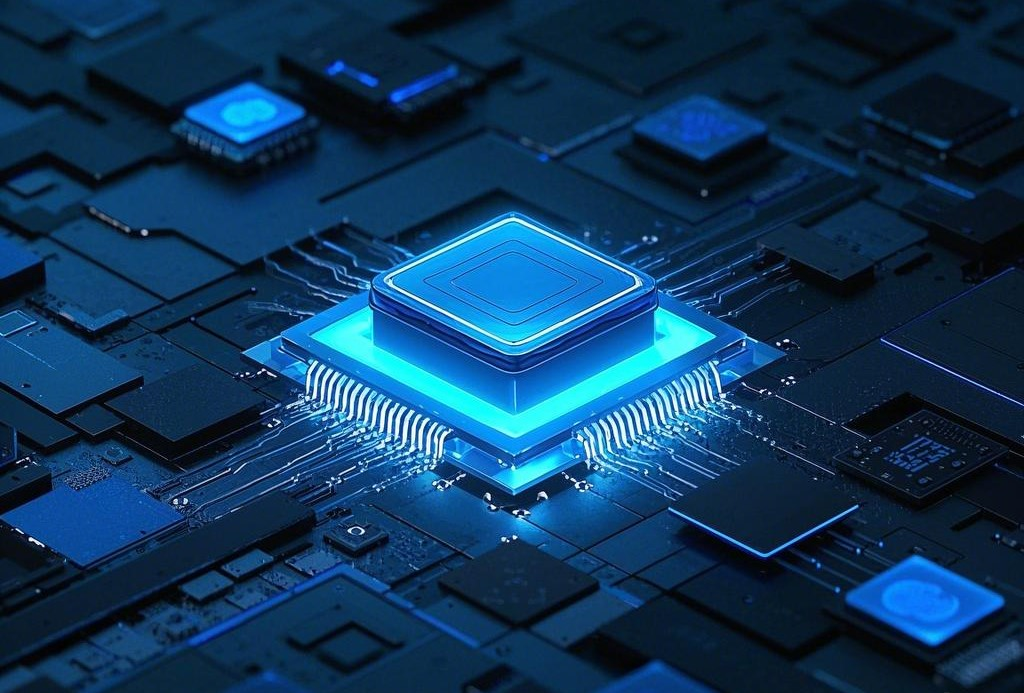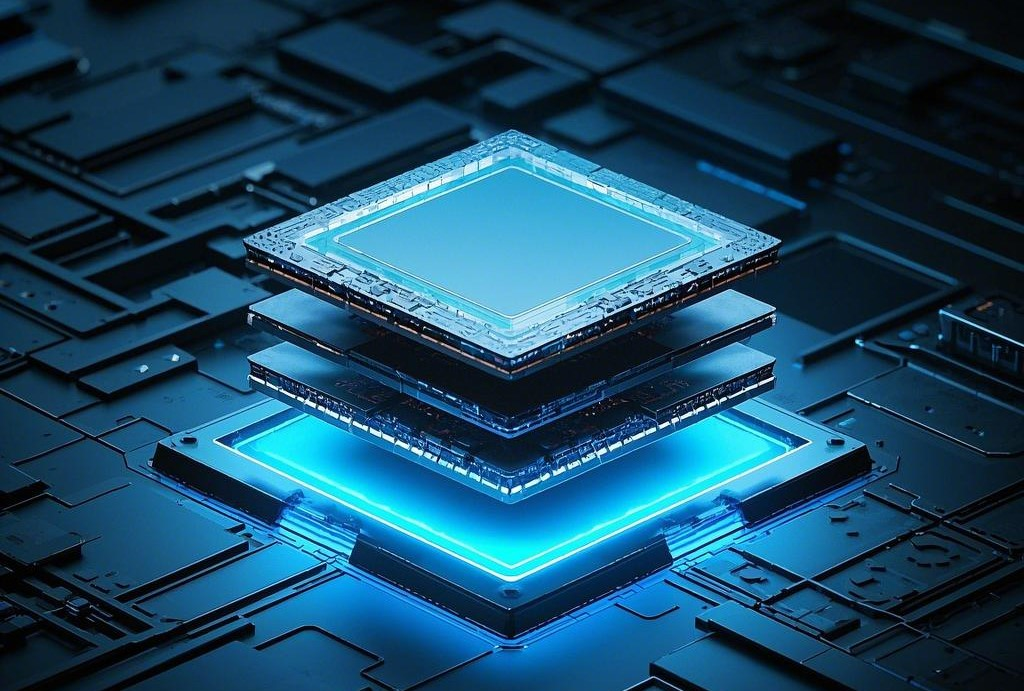
The semiconductor industry has seen remarkable innovation over the years, revolutionizing electronics by introducing new designs and architectures. Three-dimensional integrated circuit technology stands out as one of the latest developing areas in this industry.
This advanced technology is bound to overcome many challenges in traditional chip designs while enabling higher performance and better efficiency. In this article, AIChipLink will give a comprehensive overview of 3D integrated circuits, exploring how they work, their advantages, applications, and the challenges the technology faces.
What are Three-Dimensional Integrated Circuits?
3D ICs are semiconductor devices that stack a number of silicon wafers or dies vertically and connect them using advanced technologies such as through-silicon vias (TSVs). Unlike the conventional 2D ICs, which have their components set on a flat plane, 3D ICs stack functional layers on top of each other, compounding their capabilities in much smaller footprints.

This stacked approach equips 3D ICs with higher data processing power, lower latency, and reduced energy consumption in applications ranging from high-performance computing to artificial intelligence.
How are 3D ICs Different from 2.5D ICs?
2.5D ICs also aim to enhance design and performance by allowing communication between different components like dies or chips by using an interposer (typically silicon). Different from 3D ICs that stack dies vertically, 2.5D ICs place these components side by side on one plane.
Comparatively, 3D ICs are more compact and efficient due to the vertically stacked design and shortened wire length. The choice between 2.5- and 3-dimensional integrated circuits depends on multiple factors like performance, power consumption, and footprint requirements.
Advantages of Three-Dimensional Integrated Circuits
• Space Efficiency
By stacking several dies, 3D ICs reduce the overall chip footprint considerably and are suited for modern compact gadgets, including smartphones, wearables, and IoT gadgets.
• Performance Enhancement
Shorter interconnect distances due to stacked layers contribute to faster signal transmission with lower power consumption. This is of utmost importance in high-speed computing and data centers.
• Energy Efficiency
The shorter signal travel distances between layers reduce power loss, making 3D ICs more power-efficient compared to their conventional planar architectures.
• Better Functionalities
Three-dimensional integrated circuit technology enables heterogeneous integration, allowing analog, digital, logic, and memory functions to coexist on a single stacked assembly.
Applications of Three-Dimensional Integrated Circuits
With an increasing trend towards higher efficiency and enhanced performance, the application areas for three-dimensional integrated circuits have extended from:
• High-Performance Computing
3D integrated circuits are essential in enabling faster processors in data-intensive tasks like scientific research, AI, and machine learning.
• Consumer Electronics
Because of the smaller size and lower power usage, 3D ICs are best suited for smartphones, tablets, and other small-sized consumer electronics.
• Data Centers
By densely packing circuits into a compact size, 3D ICs provide increased density and enhanced performance for server systems in data centers.
• Automotive Electronics
The 3D IC technology can also bring improvements to automotive electronics. For instance, it helps integrate more necessary processing units to enable more complex ADAS (Advanced Driver Assistance Systems) functionalities.
• Healthcare Devices
Additionally, the high integration density of 3D ICs enables powerful functions within a smaller design. This is exciting in applications like a pacemaker and hearing aids.
Challenges in Adopting 3D IC Technology
Despite its advantages, there are practical challenges that the manufacturing and design engineers have to deal with when using 3D IC technology.
• Thermal Management
The dense stacking of multiple dies can generate significant heat due to the increased power density and the limited pathways for dissipating heat. Therefore, efficient thermal management solutions are critical in preventing performance degradation and ensuring device longevity. Some techniques are integrating a dedicated thermal-spreader layer or using the microfluidic cooling method.
• Manufacturing Complexity
Manufacturing a 3D IC is more complex compared to traditional planar ICs due to advanced packaging techniques such as TSVs. These manufacturing processes require accuracy in alignment and bonding, which drives up manufacturing costs and timelines.
• Design Verification
With multiple stacked dies, it can be quite challenging to ensure their reliability and interoperability. Robust design verification methods such as built-in self-test (BiST) are required to discover early failures and prevent potential issues that could undermine the system's overall performance.
The above challenges call for innovative solutions, and some reputable 3D IC companies are Taiwan Semiconductor, Samsung Group, Intel Corporation, and Micro Technology.
Conclusion
By stacking multiple circuits into a small package, three-dimensional integrated circuits enable faster data transfer and less power consumption within a compact footprint. These advancements are essential in future developments like leading consumer electronics and high-performance computing.
AIChipLink is a professional electronic component distributor with rich experience in integrated circuit procurement and distribution. We have a broad supply network with 3000+ suppliers, distributing genuine electronic parts from Micro Technology, Intel, Samsung, and more.
If you need cost-saving procurement solutions for authentic integrated circuits, we are your ideal distributor partner to collaborate with. Contact AIChipLink today and see what we can offer to you!














